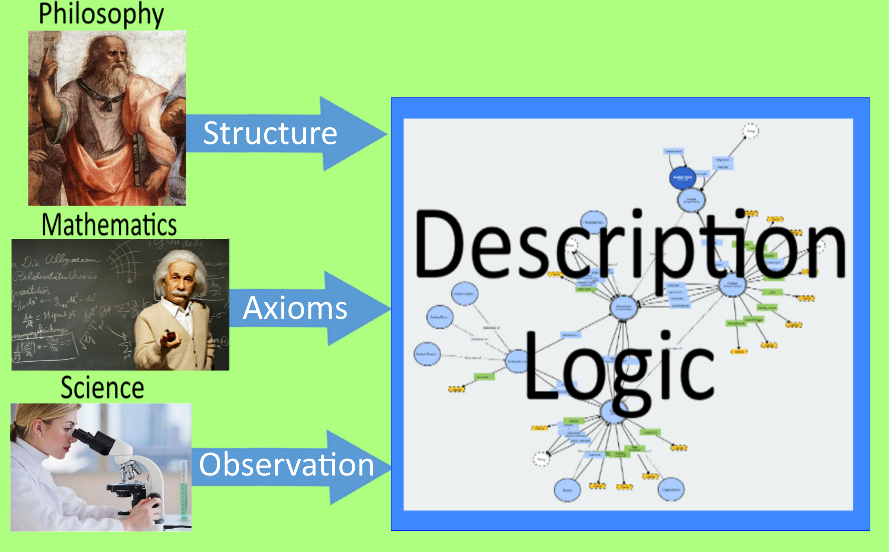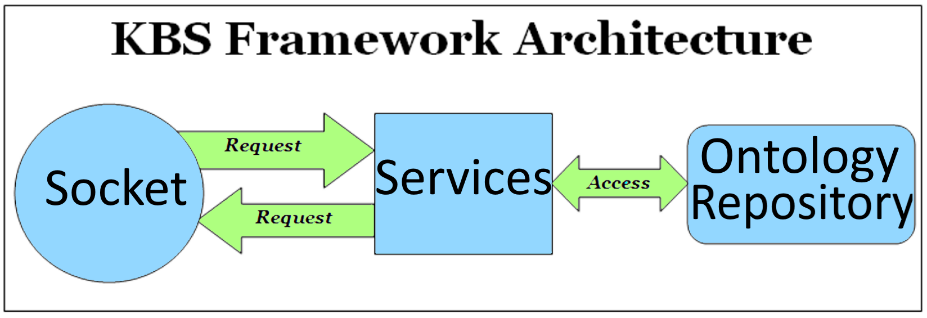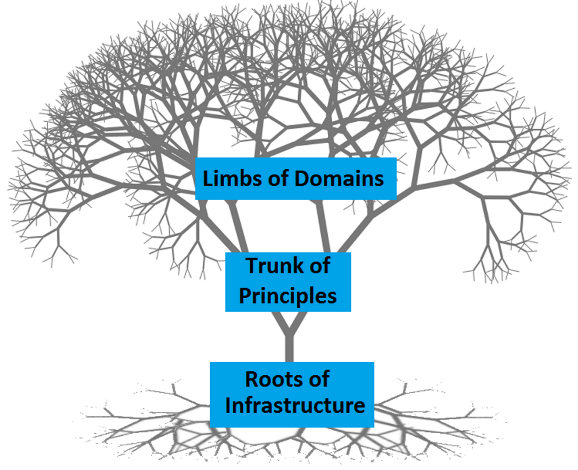What stories do you tell others about the early days of computers, before their capacity to process and store information vastly expanded? Do you express amazement at the fantastic state of current digital technology? What about the down sides? Do your stories also include the inconsistencies within applications that frustrate us all? Do you speak about the enormous cost and time required by software engineering processes to develop and maintain systems? Do you comment on the complexity needed for systems to communicate with other systems?
Nowadays we have an absolutely enormous digital system which our computer applications use to communicate and operate in so many ways. The applications on any person’s smart phone represents only a small part of this system, for behind those applications are massive efforts and billions of dollars of investment. These applications have been built over many years, using multiple forms of information storage and various standards to link together.
It’s time to realize that we’re not just participating in a haphazard collective of separate systems, but building an interconnected ecosystem. We must stop building loosely coupled sets of applications full of inconsistencies. To do this, we first need to understand what a digital ecosystem actually is. I personally suggest the following definition:
Digital Ecosystem: A community of people and computers working together using a common framework, viewed as an axiomatic consistent system of interacting and interdependent relationships, and including such processes as the actions of events through trophic levels of knowledge domains, and the cycling of observation data through living and nonliving components of the system.
I realize this definition doesn’t exactly clear things up, so let me get to core of its genesis, and also describe a prototyped solution for moving forward.
Throughout all of human history, there have been those who strived to better understand the ecosystem in which we live. Philosophers have described the world through the classification of objects and the properties of those objects. Mathematicians have applied axiomatic reasoning to prove conjectures. Scientists have applied the scientific method of observation to discover and prove hypotheses.

Now, because of the enormous capacity of our computing systems, the approaches of the philosophers, mathematicians, and scientists have been combined into descriptive logic languages. There have been multiple efforts in developing descriptive logic languages, each providing contributions which led to the development of the Web Ontology Language, abbreviated as OWL.
OWL provides the means of describing logic as the classification of things, the data and relational properties of the classes, and the axioms that define the logic of the classes. Because the logic is well defined, computerized reasoners can be applied to find any inconsistencies in the logic described. Inconsistencies in complex logic descriptions which might take people days, if not years, to discover can be found by the reasoners in a matter of seconds.
In addition, observations can be tested against the descriptive logic. An observation presented as a set of data within one or more classes, and possibly having relations with other observations, can very quickly be evaluated for inconsistencies by a computerized reasoner. The reasoner doesn’t make any value judgements, it simply determines if the observation is consistent with the logic described. It then reports any inconsistencies.
The great capability of reasoning with descriptive logic is not a new discovery. Each year there are hundreds of international conferences with thousands of attendees looking for ways to take advantage of sharing knowledge with computers. There are also many major players such as NASA, the drug companies, and health organizations doing research where the knowledge captured is so complex, it must be recorded directly into knowledge-based systems.
Unfortunately, despite all the wonderful work taking place to capture knowledge, it is difficult to share that knowledge between systems. Current systems lack two of the important aspects given in the definition of a digital ecosystem: First, they don’t have a common framework upon which all systems are built. Second, they don’t have trophic levels of knowledge domains.
Luckily a solution can be found in the Ontology Technology That Executes Real-time (OTTER) project. This project tested a framework that supports the storing and transmission of information using the class expression statement of OWL. A class expression is basically an algebraic form of describing a set of individuals using set operations of union, intercept, and complement of. It also includes filtering capabilities based upon data and relational values.
A class expression can be outlined to show all of its parts as a network of classes and their relations, along with values of the classes. This network represents a selected subgraph of the much larger graph containing all the knowledge. The OTTER project provides the support for class expressions to describe access to the repository of observations, in the form of messages sent and received simply by plugging into a socket.

The OTTER project provides the processing to support the infrastructure knowledge defined in the OWL language. These are the descriptions that provide consistency in the sharing of knowledge. The logic defined in OWL includes resource definitions to describe the responsibility structure for people, organizations, and computers. These descriptions include the service architecture that provides the actionable structure, and also include business processes as action declaratives.
These OTTER-specific definitions are the foundation of the trophic levels of knowledge domains. The next level is the academic principles that are taught in universities as the basic truths within a specific domain. The next layer is the business domains that provide the logical patterns for stored information and the message patterns for communications. When all are brought together, they form a tree of knowledge.

Imagine having consistency within the digital ecosystem by allowing our computers to apply our knowledge directly without software engineering. That is the ultimate goal of the OTTER project, which I describe in much greater detail in my new book, The OWL and the Architect.

















